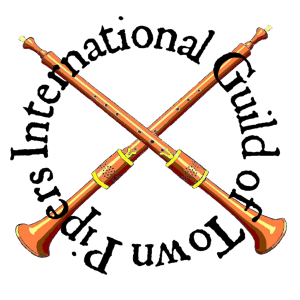Italian Waites
Thanks to Alan Radford for spotting these references –
Civic musicians in Florence –
www.en.wikipedia.org/wiki/Music_of_Florence
(article viewed 26th June 2014).
Florence
By 1390, three basic instrumental ensembles were all in clear formation: the pifferi (3 shawm players), trombetti (trumpets 5-6 players), and the trombadori (8-10 players), including six large trumpets, 1 drummer, and a cenamella [shawm] player. The Pifferi provided music at important civic occasions, daily at the Palazzo (City Hall), and private functions for the arstiocratic families, especially the Medici. This group is commonly noted as the most sophisticated of the three groups. Sometimes this ensemble also played for religious services on the Virgil of the feast of the Blessed Virgin, Easter, and at solemn Matins on the Sundays when the image of the Mother of God was exhibited. In 1443 the Pifferi added a fourth member, so that the group included: 2 shawms, 1 bombard, and 1 trombone. As with the vocal performing groups, there was a strong preference for foreign musicians in these ensembles, especially for German trombonists. (German instrumentalists were known for both their strong performance proficiency as also their skills as improvisers.) When it was decided to hire a trombonist to join the pifferi forces, it was agreed to hire a German musician for this trombone position. When he was hired, officials subsequently fired the three native, Florentine shawm players and replaced them all with German speaking musicians. At this time, city officials also passed a motion declaring that only foreigners should hold positions in the pifferi. These positions generally ran in families: father to son, brother to brother. The addition of a 4th musician to the pifferi, and the funds needed for this addition, reflect the continual development of the group’s musical repertory, as well as and the ensemble’s important function within Florentine culture.
